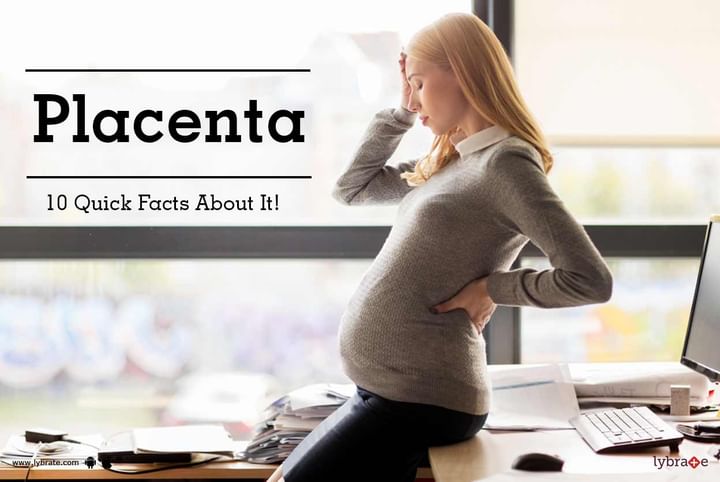Placenta - 10 Quick Facts About It!
The placenta happens to be a very helpful organ. It plays a huge part during pregnancy as it keeps the infant in your womb healthy and alive. It is formed and delivered right when a woman conceives the baby and resembles the shape of a liver. The fundamental role of a placenta in pregnancy is to provide the baby with enough nourishment. It weights around one-sixth of what the baby weights. It does not have any nerve cells, nor is it under the immediate control of the brain or the spinal chord.
Consistently during the pregnancy, practically around five hundred fifty millilitres of blood gets pumped into the uterus to supply enough nourishments through the placenta for the baby. Here are some of the roles and functions a placenta has:
- The placenta principally tends to supply sufficient amount of nourishment to the baby. Before the blood from a mother reaches the baby, it goes through the placenta to the umbilical chord that connects the mother with her baby.
- Another critical function that the placenta performs is that it functions like the kidney. It filters the blood to dispense off harmful materials that may be unsafe for the developing baby’s health.
- The placenta additionally serves as a child's lungs and permits the supply of oxygen to the baby.
- The placenta brings backs the biowastes of the child to the mother’s system of circulation, which is later disposed off from her body through the urine.
- It protects the child from diseases by isolating the blood of the mother from the baby. In this way, it acts as a filter.
- Numerous hormones are delivered from the placenta in the mother’s body. They have a sufficient count of placental lactose. It guarantees enough level of glucose in the mother’s blood, which then flows to the baby.
- The placenta separates the food particles consumed by the mother. This enables the nourishments and nutrition to reach the baby faster.
- It traps the oxygen breathed by the mother, which is then diffused into the blood of the baby through the umbilical chord. It prevents the odds of the baby inhaling amniotic fluids that can be extremely harmful to them.
- The placenta secretes a number of female hormones like progesterone and oestrogen to stop contractions of the uterus before the child has reached the full term. It also clears the path to set up with the maternal tissues and the uterus for infant's delivery.
- During the phases of pregnancy, the placenta moves while the womb of the mother extends and develops. It is the basic function of the placenta to remain low in the early phases of pregnancy, yet it moves to the highest point of the womb at later phases of pregnancy to keep the cervix open for delivery.
In case you have a concern or query you can always consult an expert & get answers to your questions!



+1.svg)
